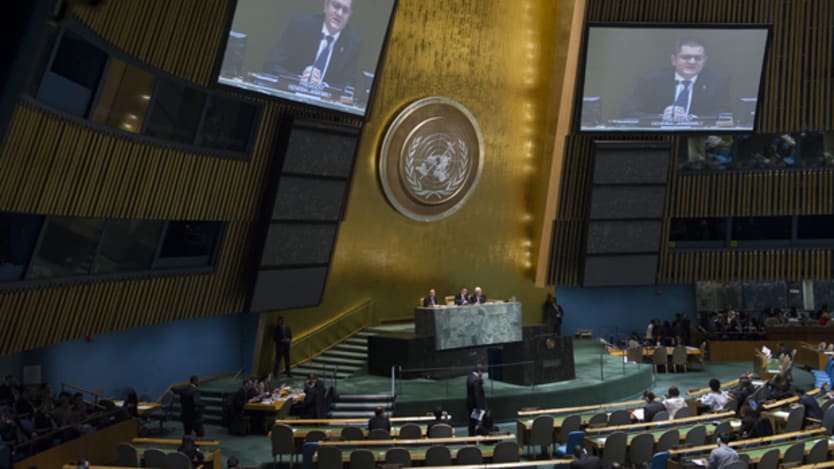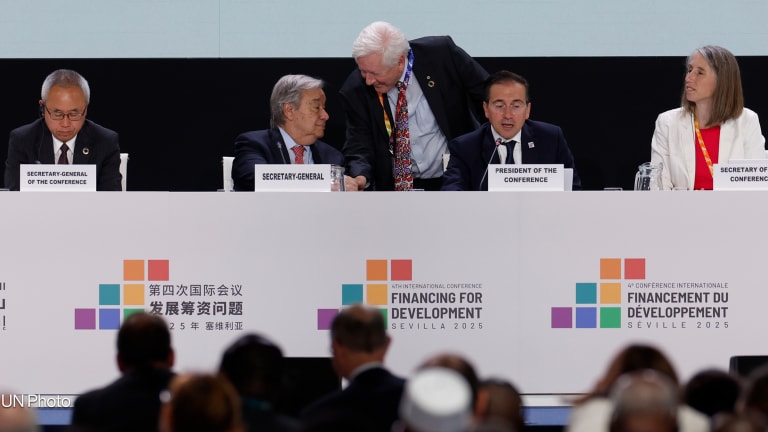
On Monday, government negotiators will gather in New York to consider the follow-up and review process for the sustainable development goals — basically a discussion about accountability, although many governments run shy of this word. The proceedings this week, and future negotiation sessions, will be hampered by the total absence of information on existing national targets and how they relate to the United Nation’s proposed global goals. Reaching agreement on the SDGs in such a vacuum will prove challenging.
After three years of talking, it is surprising that so little has been said about how the SDGs are to be met through the voluntary setting of national targets. Are governments expected to set their own targets for all 17 goals? Will they simply ignore some targets and focus on others? And crucially, who gets to decide whether a target is fair and reasonable when all countries have different starting points and are developing at different rates?
This may seem like SDG-geek territory, but such questions will be very real on Jan. 1, 2016, when the new goals come into force. For a start, many existing national targets in developed and developing countries that relate to SDG objectives go well beyond 2030, so the time frames of the international and national processes are unaligned. Furthermore, some SDG targets, especially those linked to the “leave no one behind” principle, are irrelevant to many rich countries like the United Kingdom with a near 100 percent literacy rate and a National Health Service.
At the same time, the expectation on low-income countries to meet the same targets is far more challenging and may be off-puttingly unreachable considering historical rates of change.
Most of the hard work will be needed in areas that are either highly politically contentious (climate policy) or expensive (secondary education, electricity and sanitation). This has implications for how governments structure the SDG follow-up and review process, which needs to be realistic about what different countries can achieve while promoting as much ambition as possible.
The SDGs are not just a challenge to poor countries, rich nations will also be stretched to meet some of the targets — especially on things like renewable energy, where political ambition at the national level is woefully inadequate compared with the SDG targets and the scientific evidence on environmental limits. So, with both rich and poor countries exceeding and underperforming against different sets of targets, should they be expected to align their national priorities to match the SDGs?
To ensure that the SDGs help drive national ambition after 2015, the process needs to be aligned to national policymaking and planning timetables. This means allowing a period of time (years, not months) before national targets are expected to reflect the SDGs. The SDG process also needs to find a fair way to develop differentiated targets and compare progress, otherwise there is a risk that the SDGs will be perceived as unreasonable and unworkable. Big global ambition is needed, but it should be informed and aligned with local realities.
Join the Devex community and access more in-depth analysis, breaking news and business advice — and a host of other services — on international development, humanitarian aid and global health.








